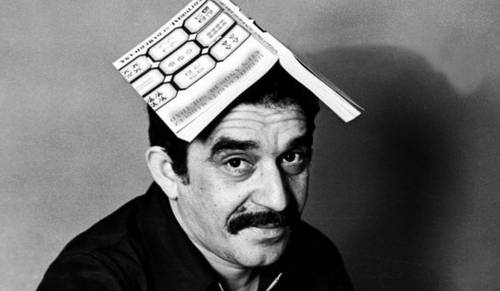The photographer, editor and cultural manager Sara Facio died this Tuesday at the age of 92 in Buenos Aires, Argentina, reported the María Elena Walsh Foundation, an organization she currently directed.
From the Foundation we say goodbye to our very beloved founder and honorary president Sara Facio. We will continue, faithful to her convictions, honoring the path that she marked for us.
they indicated in a statement.
Leonardo Cifelli, Secretary of Culture of Argentina, expressed: Today we say goodbye to a fundamental personality of our culture; She was a tireless worker who prioritized the art of photography and leaves us in her work an invaluable legacy for the Argentine and world cultural heritage.
.
Facio was a central figure in the history of Argentine photography and stood out for his emblematic portraits of artists, writers, musicians, athletes and different personalities from Latin America.
Julio Cortázar, María Elena Walsh, Ernesto Sábato, Astor Piazzolla, Pablo Neruda, Alejo Carpentier, Mario Vargas Llosa, Octavio Paz, Doris Lessing and Federico Leloir were some of the figures he captured.
According to the media Page 12, when Facio met Jorge Luis Borges he proposed to portray him in the National Library. Since then, from 1963 to 1980, he captured several portraits of Borges as director of said library and in his apartment on Maipú Street. The writer really liked the chiaroscuro photos of him, since Sara did not usually use flash No artificial lighting.
To mention another example, the famous photos he took of Gabriel García Márquez in Paris were only illuminated by a 60-watt lamp. It was impossible for them to come out, but you have to know how to reveal
assured the photographer.
Regarding the secret behind a good portrait, Facio said that everything was in naturalness, which is why he used to talk a lot before starting to take photos: You do not have to make the character feel that he is posing
.
Born on April 18, 1932, in San Isidro, Facio graduated from the National School of Fine Arts in 1953. Thanks to her tutor Annemarie Heinrich, she was introduced to photojournalism, a discipline to which she dedicated herself for many years.
His first photo book, signed by Facio and Heinrich, with text by Julio Cortázar, was published in Buenos Aires in 1968. Five years later, together with María Cristina Orive, he created the publishing house La Azotea, dedicated exclusively to the production and dissemination of the photographic art. In 1976, he arrived Humanitarianin which he published a series of images of psychiatric institutes, again with texts by Cortázar.
Furthermore, in 1985, the founding member of the Argentine Photography Council inaugurated the Photo Gallery of the San Martín Theater in Buenos Aires and donated the largest collection of photos to the National Museum of Fine Arts.
To his partner, the writer María Elena Walsh, he used to say amiga
, in times when talking about equal marriage was taboo. In the autobiographical book ghosts in the parkWalsh writes that Sara “is my great love, that love that does not wear out but transforms into perfect company. [… ] She became Saint Sarita.”
With information from Page 12
